Morin Lab @ Leiden University
In the Morin Lab, we investigate emergent structures and dynamics of soft materials self-assembled from microscopic constituents.
We aim at understanding how specific properties of the building blocks, such as shape or self-propulsion, translate into involved macroscopic properties. We focus in particular on studying synthetic active materials and seek to unveil the mechanisms leading to genuine non-equilibrium properties.
Examples of such materials include population of colloidal rollers forming flocks and 3-dimensional sediments of colloidal particles. If you are interested in knowing more about our research, you're welcome to drop us a message!
The Morin Lab is part of the Smart, Living & Active Matter inititative that unites theoretical and experimental groups at Leiden Institute of Physics. See our activities at slam-leiden.nl .
By understanding the emergence of disorder within collectives of active oscillators, we managed to control the structure of the collective: from a gas-like state (left) to a crystal-like state (right). Each black dot is a 1 mm-diameter stainless steel sphere. Learn more in our Article published in Nature Physics.
The Team

Alexandre Morin
PI
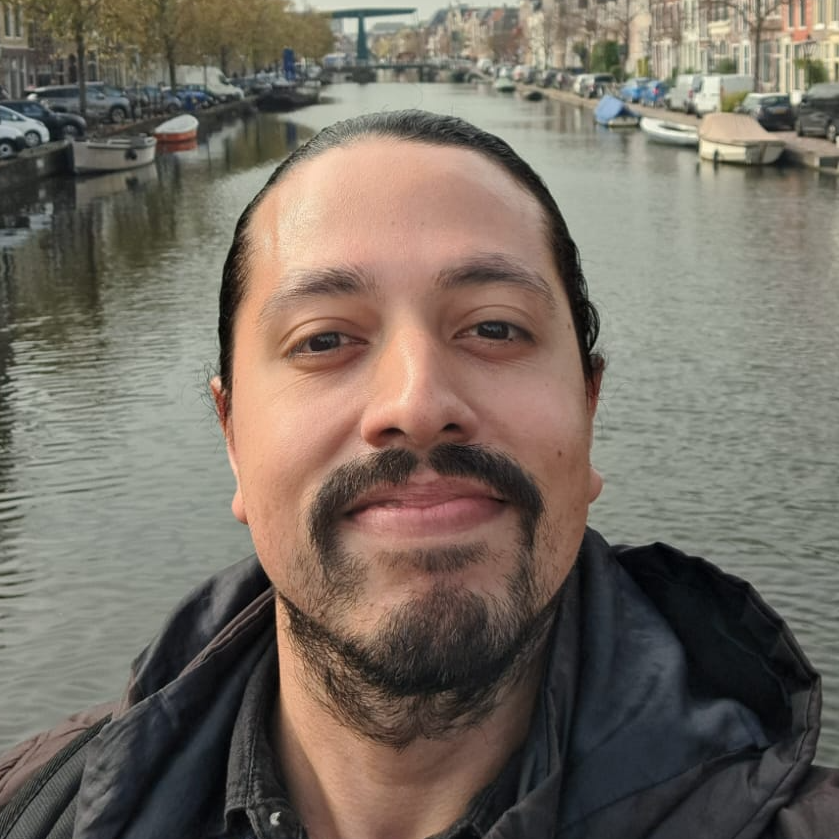
Emanuel Teixeira
Postdoc
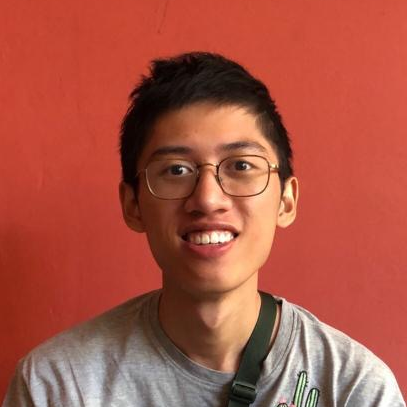
Joshua Saldi
PhD Candidate

Samadarshi Maity
PhD Candidate
Alumni

Johan Tentij
Bachelor Student 2024/2025
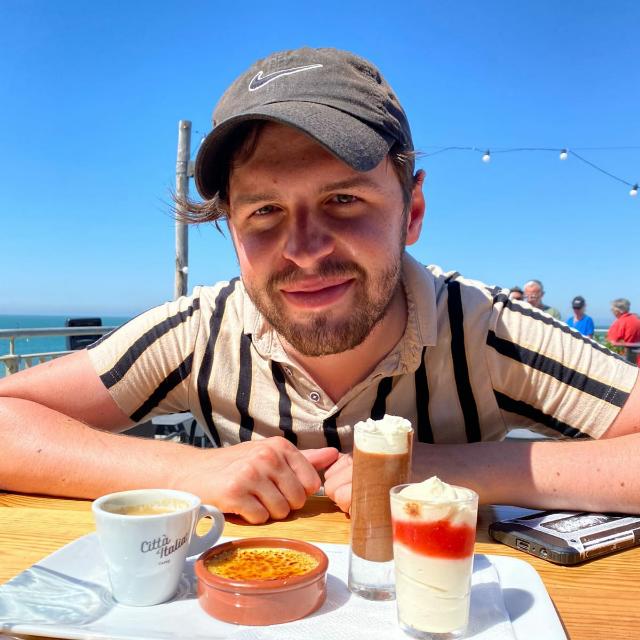
Thieu van der Bergh
Bachelor Student 2024/2025
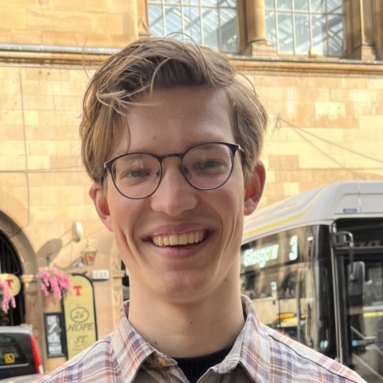
Thomas Maris
Bachelor Student 2024/2025

Roger Solé Borràs
Master Student 2024/2025
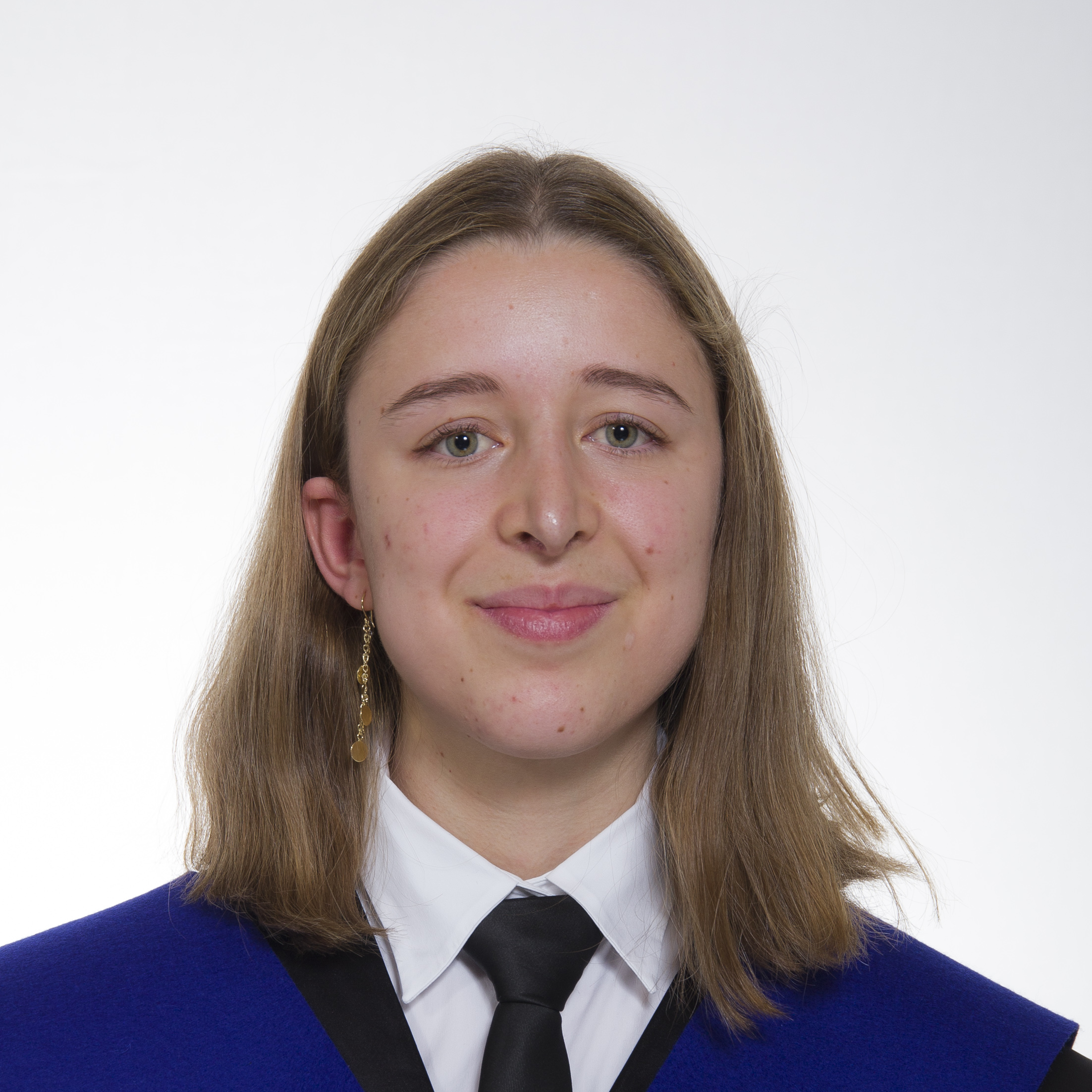
Inés Tomas Soler
Master Student 2023/2024

Lotte de Baat
Bachelor Student 2023/2024

Sander Kammeraat
Master Student 2022/2023
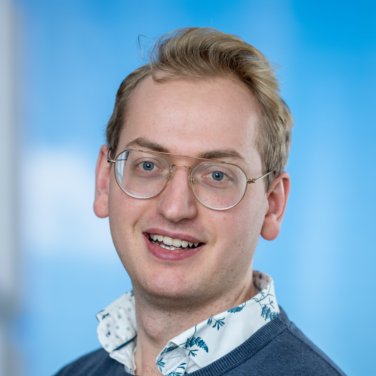
Colin Meulblok
Master Student 2021/2022

Thibaut Dupuis
Visiting Master Student
Aix-Marseille Université
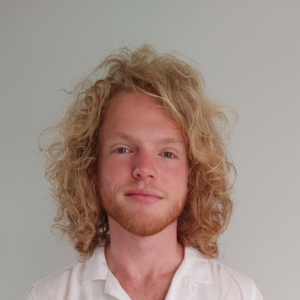
Wout Kops
Bachelor Student
Bachelor Student
Master Student
Master Student
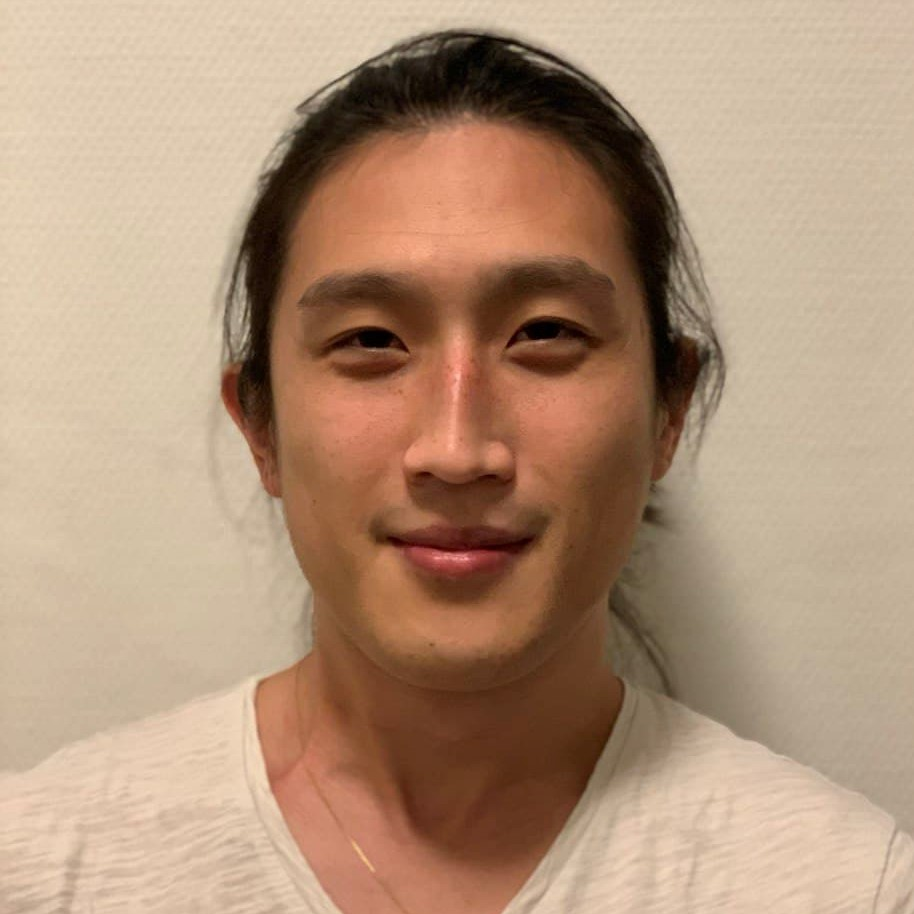
François Gu
Visiting Master Student
Ecole Normale Supérieure de Lyon
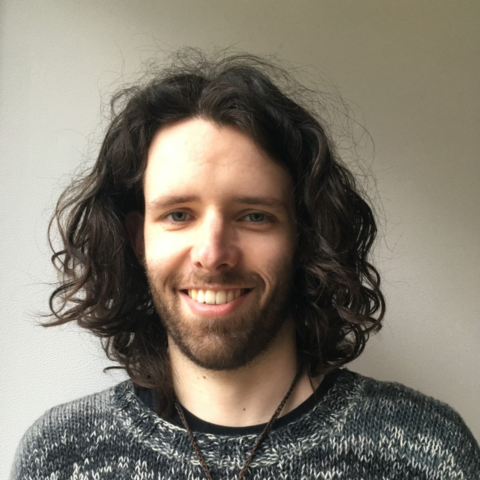
Tjerk Venema
Master Student

Vincent Krabbenborg
Bachelor Student
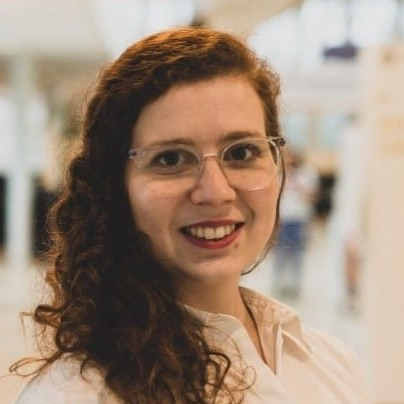
Marlise van der Veen
Master Student
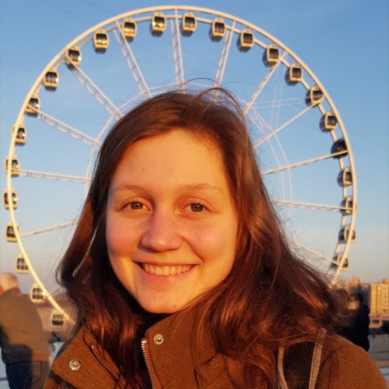
Mathilde Lettinga
Bachelor Student
Conferences 2026
---- Alexandre is a keynote speaker at the next conference on Interdisciplinary Challenges in the Physics of Complexity and Life.
---- Emanuel and Alexandre will attend the ICTP-SAIFR workshop.
---- Alexandre will give an invited talk on the statistical properties of active gas.
---- Alexandre, Joshua, and Emanuel will attend the annual Dutch Physics Conference.
Conferences 2025
---- Joshua contributed to StatPhys29 and presented his recent publication on taming collective activity.
---- Alexandre and Joshua participated to StatPhys' satellite meeting "From flocking birds to migrating cells: recent advances in active matter and statistical physics".
---- Alexandre gave a keynote lecture on the Physics of Flocking and Emergence in Active Matter.
---- Alexandre presented Samadarshi's work on heterogeneous flocking and the role of non-reciprocal interactions between active species.
---- Alexandre gave an invited talk to the session on "elastically-coupled active matter".
---- Joshua presented a poster on the emergent mobility within collectives of non-motile active particles.
Previous Conferences
Click to show conferences from 2022 to 2025
Conferences 2024
---- Alexandre contributed with a talk on the emergent behaviour of binary flocks.
---- Samadarshi presented a poster on the emergent behaviour of binary flocks.
---- Inés, Joshua, Lotte, and Samadarshi happily participated to the 35th Dutch Soft Matter Meeting.
---- Inés, Joshua, and Samadarshi contributed with "Soundbites" presentations.
---- Samadarshi contributed with a talk on the spontaneous demixing of binary flocks.
---- Alexandre contributed with a talk on responsive active pumping in active materials.
---- Samadarshi presented its recently published work on heterogeneous active matter.
Conferences 2023
---- Alexandre presented on multi-component flocks.
---- Samadarshi contributed with a talk on the demixing of binary colloidal flocks.
---- Alexandre contributed with a talk on the roles of activity heterogeneity and non-reciprocity in structuring binary colloidal flocks.
Conferences 2022
---- Alexandre contributed with a talk on fluids of oscillators.
---- Marine presented her latest work on Active Matter.
---- Marine contributed with a soundbite talk.
In preparation
Publications
-
Control of collective activity to crystallize an oscillator gas,
Marine Le Blay, Joshua Saldi, and Alexandre Morin,
Nature Physics, 2025, 21, 1412–1419,
Preprint
[PDF],
(2025).
Show Abstract
Motility-induced phase separation occurs in assemblies of self-propelled units when activity is coupled negatively to density. By contrast, the consequences of a positive coupling between density and activity on the collective behaviour of active matter remain unexplored. Here we show that collective activity can emerge from such a positive coupling among non-motile building blocks. We perform experiments with self-sustained oscillators powered by contact-charge electrophoresis. Although the oscillators are non-motile by design, they spontaneously form an active gas when confined together. The super-elastic nature of collisions constitutes a positive density–activity coupling and underlies the active gas properties. Elucidating the origin of binary collisions allows us to precisely control the structure of the active gas and its eventual crystallization. Beyond considering the overlooked positive coupling between density and activity, our work suggests that rich collective properties can emerge not only from the symmetry of interactions between active building blocks but also from their adaptable and responsive behaviour.
Highlighted by: -
Spontaneous demixing of binary colloidal flocks,
Samadarshi Maity and Alexandre Morin,
Physical Review Letters, 2023, 131, 178304,
arXiv:2306.15614,
[PDF],
(2023).
Show Abstract
Population heterogeneity is ubiquitous among active living systems, but little is known about its role in determining their spatial organization and large-scale dynamics. Combining evidence from synthetic active fluids assembled from self-propelled colloidal particles along with theoretical predictions at the continuum scale, we demonstrate the spontaneous demixing of binary polar liquids within circular confinement. Our analysis reveals how both active speed heterogeneity and non-reciprocal repulsive interactions lead to self-sorting behavior. By establishing general principles for the self-organization of binary polar liquids, our findings highlight the specificity of multi-component active systems.
Highlighted by: -
Repulsive torques alone trigger crystallization of constant speed active particles,
Marine Le Blay and Alexandre Morin,
Soft Matter, 2022,18, 3120-3124,
arXiv:2204.06468,
[PDF],
(2022).
Show Abstract
We investigate the possibility for self-propelled particles to crystallize without reducing their intrinsic speed. We illuminate how, in the absence of any force, the competition between self-propulsion and repulsive torques determine the macroscopic phases of constant-speed active particles. This minimal model expands upon existing approaches for an improved understanding of crystallization of active matter.
Featured in the themed collection: -
Rapid characterization of neutral polymer brush with a conventional zetameter and a variable pinch of salt,
Mena Youssef, Alexandre Morin, Antoine Aubret, Stefano Sacanna, and Jérémie Palacci,
Soft Matter, 2020,16, 4274-4282,
[PDF],
(2020).
Show Abstract
The fundamental and practical importance of particle stabilization has motivated various characterization methods for studying polymer brushes on particle surfaces. In this work, we show how one can perform sensitive measurements of neutral polymer coating on colloidal particles using a commercial zetameter and salt solutions. By systematically varying the Debye length, we study the mobility of the polymer-coated particles in an applied electric field and show that the electrophoretic mobility of polymer-coated particles normalized by the mobility of non-coated particles is entirely controlled by the polymer brush and independent of the native surface charge, here controlled with pH, or the surface–ion interaction. Our result is rationalized with a simple hydrodynamic model, allowing for the estimation of characteristics of the polymer coating: the brush length L, and the Brinkman length ξ, determined by its resistance to flows. We demonstrate that the Debye layer provides a convenient and faithful probe to the characterization of polymer coatings on particles. Because the method simply relies on a conventional zetameter, it is widely accessible and offers a practical tool to rapidly probe neutral polymer brushes, an asset in the development and utilization of polymer-coated colloidal particles.
-
Colloidal flocks in challenging environments,
Alexandre Morin,
PhD Thesis,
[PDF],
(2018).
Show Abstract
Directed collected motion within herds, swarms and flocks, is a phenomenon that takes place at all scales in living systems. Physicists have rationalized the emergence of such collective behavior. They have described these systems as active materials. These materials are assembled from self-propelled units that spontaneously move in the same direction. By experimentally studying synthetic flocks, this work uncovers some properties of polar active materials in situations that disfavor their self-organization: their dynamics in disordered environments and their response to external perturbations. Colloidal rollers with alignment interactions are confined within microfluidic devices. At high density, they spontaneously form a flock which is characterized by the emergence of orientational long-ranged order. These colloidal flocks are prototypical realizations of polar active matter. We have studied the response of a polar active liquid assembled from colloidal rollers. We have shown that they display a hysteretic response to longitudinal perturbations. We have theoretically accounted for this non-linear behavior. We have used this behavior to realize autonomous microfluidic oscillators. We have also studied the dynamics of colloidal flocks that propagate through heterogeneous environments. Randomly positioned obstacles focalize flocks along favored channels that form a sparse and tortuous network. Increasing disorder leads to the destruction of flocks. We have demonstrated that the suppression of collective motion is a discontinuous transition generic to all polar active materials.
-
Flowing active liquids in a pipe: Hysteretic response of polar flocks to external fields,
Alexandre Morin and Denis Bartolo,
Phys. Rev. X 8, 021037,
arXiv:1803.10782,
[PDF],
(2018).
Show Abstract
We investigate the response of colloidal focks to external fields. We first show that individual colloidal rollers align with external flows as would a classical spin with magnetic fields. Assembling polar active liquids from colloidal rollers, we experimentally demonstrate their hysteretic response: confined colloidal flocks can proceed against external flows. We theoretically explain this collective robustness, using an active hydrodynamic description, and show how orientational elasticity and confinement protect the direction of collective motion. Finally, we exploit the intrinsic bistability of confined active flows to devise self-sustained microfluidic oscillators.
-
Sounds and hydrodynamics of polar active fluids,
Delphine Geyer, Alexandre Morin and Denis Bartolo,
Nature Materials,
arXiv:1810.00585,
(2018).
Show Abstract
Spontaneously flowing liquids have been successfully engineered from a variety of biological and synthetic self-propelled units. Together with their orientational order, wave propagation in such active fluids have remained a subject of intense theoretical studies for more than two decades. Until now, this phenomenon has however never been experimentally observed. Here, we establish and exploit the propagation of sound waves in colloidal active materials with broken rotational symmetry. We show that two mixed modes coupling density and velocity fluctuations propagate along all directions in colloidal-roller fluids. We then show how the six materials constants defining the linear hydrodynamics of these active liquids can be measured from their spontaneous fluctuation spectrum, while being out of reach of conventional rheological methods. This active-sound spectroscopy is not specific to synthetic active materials and could provide a quantitative hydrodynamic description of herds, flocks and swarms from inspection of their large-scale fluctuations
Highlighted by: -
Diffusion, subdiffusion, and localization of active colloids in random post lattices,
Alexandre Morin, David Lopes Cardozo, Vijayakumar Chikkadi, and Denis Bartolo,
Phys. Rev. E 91, 042611,
arXiv:1702.07655,
[PDF],
(2017).
Show Abstract
Combining experiments and theory, we address the dynamics of self-propelled particles in crowded environments. We first demonstrate that motile colloids cruising at constant speed through random lattices undergo a smooth transition from diffusive, to subdiffusive, to localized dynamics upon increasing the obstacle density. We then elucidate the nature of these transitions by performing extensive simulations constructed from a detailed analysis of the colloid-obstacle interactions. We evidence that repulsion at a distance and hard-core interactions both contribute to slowing down the long-time diffusion of the colloids. In contrast, the localization transition stems solely from excluded-volume interactions and occurs at the void-percolation threshold. Within this critical scenario, equivalent to that of the random Lorentz gas, genuine asymptotic subdiffusion is found only at the critical density where the motile particles explore a fractal maze.
-
Distortion and destruction of colloidal flocks in disordered environments,
Alexandre Morin, Nicolas Desreumaux, Jean-Baptiste Caussin, and Denis Bartolo,
Nature Physics,
arXiv:1610.04404,
[PDF+SI],
(2017).
Show Abstract
How do flocks, herds and swarms proceed through disordered environments? This question is not only crucial to animal groups in the wild, but also to virtually all applications of collective robotics, and active materials composed of synthetic motile units. In stark contrast, appart from very rare exceptions, our physical understanding of flocking has been hitherto limited to homogeneous media. Here we explain how collective motion survives to geometrical disorder. To do so, we combine experiments on motile colloids cruising through random microfabricated obstacles, and analytical theory. We explain how disorder and bending elasticity compete to channel the flow of polar flocks along sparse river networks akin those found beyond plastic depinning in driven condensed matter. Further increasing disorder, we demonstrate that collective motion is suppressed in the form of a first-order phase transition generic to all polar active materials.
Highlighted by: -
Collective motion with anticipation: Flocking, spinning, and swarming,
Alexandre Morin, Jean-Baptiste Caussin, Christophe Eloy, and Denis Bartolo,
Phys. Rev. E 91, 012134,
arXiv:1501.02468,
[PDF],
(2015).
Show Abstract
We investigate the collective dynamics of self-propelled particles able to probe and anticipate the orientation of their neighbors. We show that a simple anticipation strategy hinders the emergence of homogeneous flocking patterns. Yet, anticipation promotes two other forms of self-organization: collective spinning and swarming. In the spinning phase, all particles follow synchronous circular orbits, while in the swarming phase, the population condensates into a single compact swarm that cruises coherently without requiring any cohesive interactions. We quantitatively characterize and rationalize these phases of polar active matter and discuss potential applications to the design of swarming robots.
Contact
Affiliation
Leiden University
Faculty of Science
Leiden Instituut Onderzoek Natuurkunde
LION - Biological & Soft Matter
Lab Address
Huygens Laboratorium
Niels Bohrweg 2
Room number HL 10.02
2333 CA Leiden
The Netherlands
